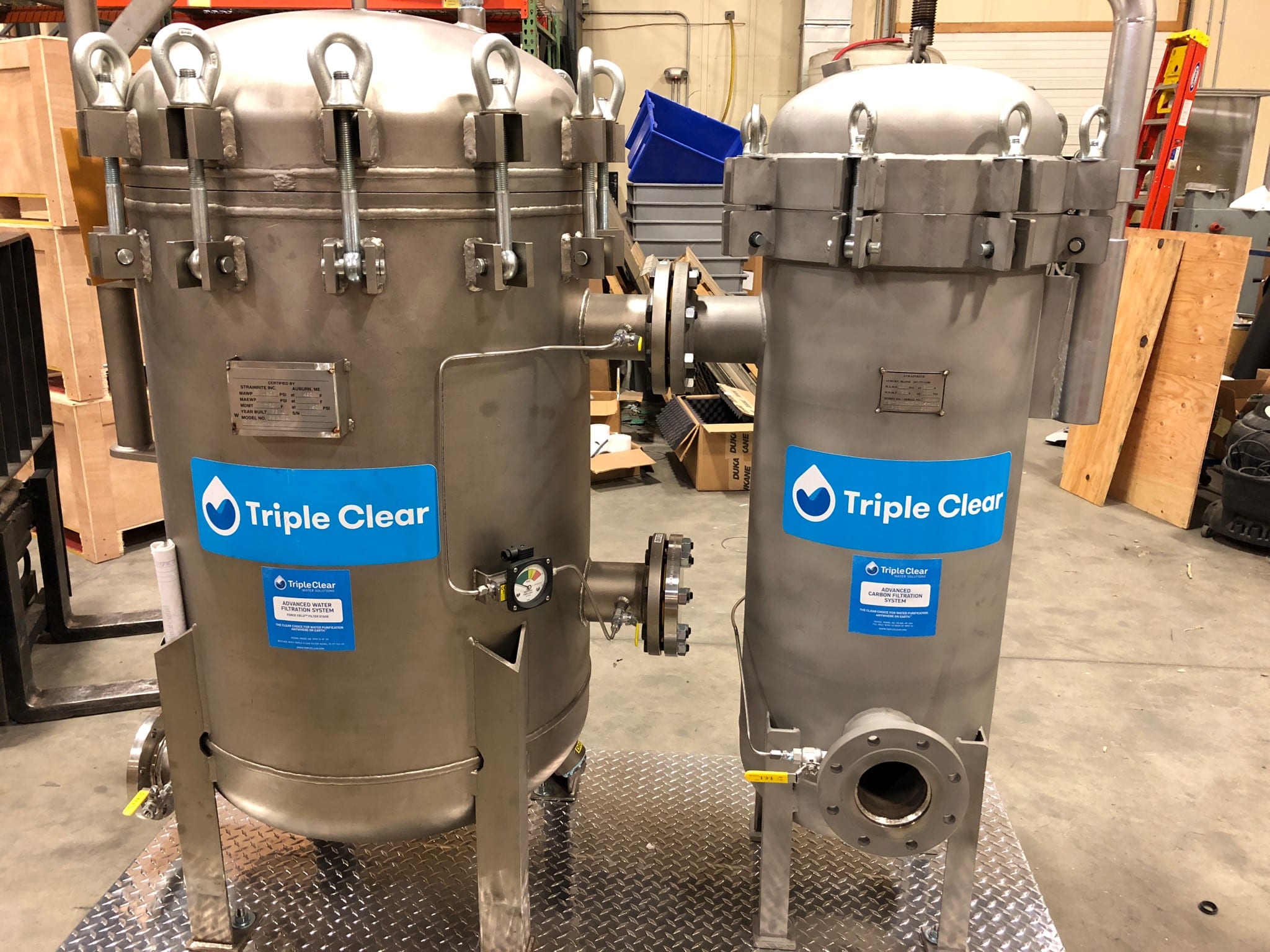Tips to ensure your building has safe, clean water

Since lifting its stay-at-home order on April 26, Colorado has been continuously working toward finding a new normal. Businesses are reopening but with restrictions still in place to prevent the spread of COVID-19 and to protect those at highest risk for severe illness.
As a property or facility manager, there is a checklist of safety concerns to evaluate before welcoming people back into your buildings after a shut down, and one of these includes making sure that your building is equipped to provide safe and clean drinking water.
While buildings sat empty or underoccupied during the coronavirus pandemic, there’s a chance that water was sitting stagnant in the pipes and may be unsafe for workers and guests to your building. When water stops moving, the chance of bacteria growth, including E. coli and legionella, as well as metal contaminants like iron and lead entering your water is a strong possibility and needs to be properly handled before you start allowing anyone inside of your buildings.
Here are some tips to use as a guideline as you work toward reopening and providing clean and safe water for any property you manage, so that the businesses and people who come and go can enjoy it once again.
Start planning early. As someone who is in charge of the day-to-day operations in your building, you’re familiar with the preparation that comes with executing a plan efficiently. To make sure your water supply is in good condition, you’ll need ample time to perform a thorough check, as well as enough time to fix any problems that may arise. As a first step when reopening an underoccupied building, a systematic building flush needs to be done. This should occur at least five days before your planned opening, and be followed by testing to ensure your water supply is safe.
Do a full audit of the property. This includes checking the status of all domestic water and mechanical equipment, understanding the building occupants and their specific needs, and reviewing their plan to reoccupy. It’s important to discuss your plan for checking the building’s water supply with other businesses or tenants who occupy the building as well. Working together and providing transparency will make the process run smoothly.
Do a risk analysis at the full building level. Now is the time to test, test, test. Testing is extremely important because this is where you’ll learn if you’re on the right track to reopen your building or facility and provide clean water. During this step, it’s crucial to understand where the concerns lie buildingwide so that you can address any issues if they happen to come up before your scheduled reopening.
Consider installing or updating filtration. The COVID-19 outbreak has taught us that taking precautions is important when it comes to health and safety. At a time when there still are many unknowns, taking that extra step can pay off in the long run. Something to consider as you try to find a new normal is installing a filter in your building at the point of entry or point of use. This delivers peace of mind, as it acts as a firewall against harmful contaminants.
Keep your records updated at the building level. Another important measure to take is to keep all records on file. This is a step that most likely comes naturally to you when taking care of the property. Flow rates, water temperatures, treatment cycles and filter maintenance are just a few areas to target when updating your water management program. Keeping a record of everything will not only keep you organized, but also it will help track any future changes.
More than 400 billion gallons of water are used each day in the U.S. alone, and Colorado residents on average use over 170 gallons of water per capita per day. It’s important that these steps are taken to ensure that workers, business owners and customers can rely on safe, clean water as they navigate this new normal.
Planning, preparedness and precautions are some key takeaways to ensuring water safety for everyone. Remember to follow the Centers for Disease Control and Prevention guidelines and consider adding a water filtration system as an extra step in keeping your property’s water supply clean and safe.
Featured in CREJ’s July 2020 Property Management Quarterly












